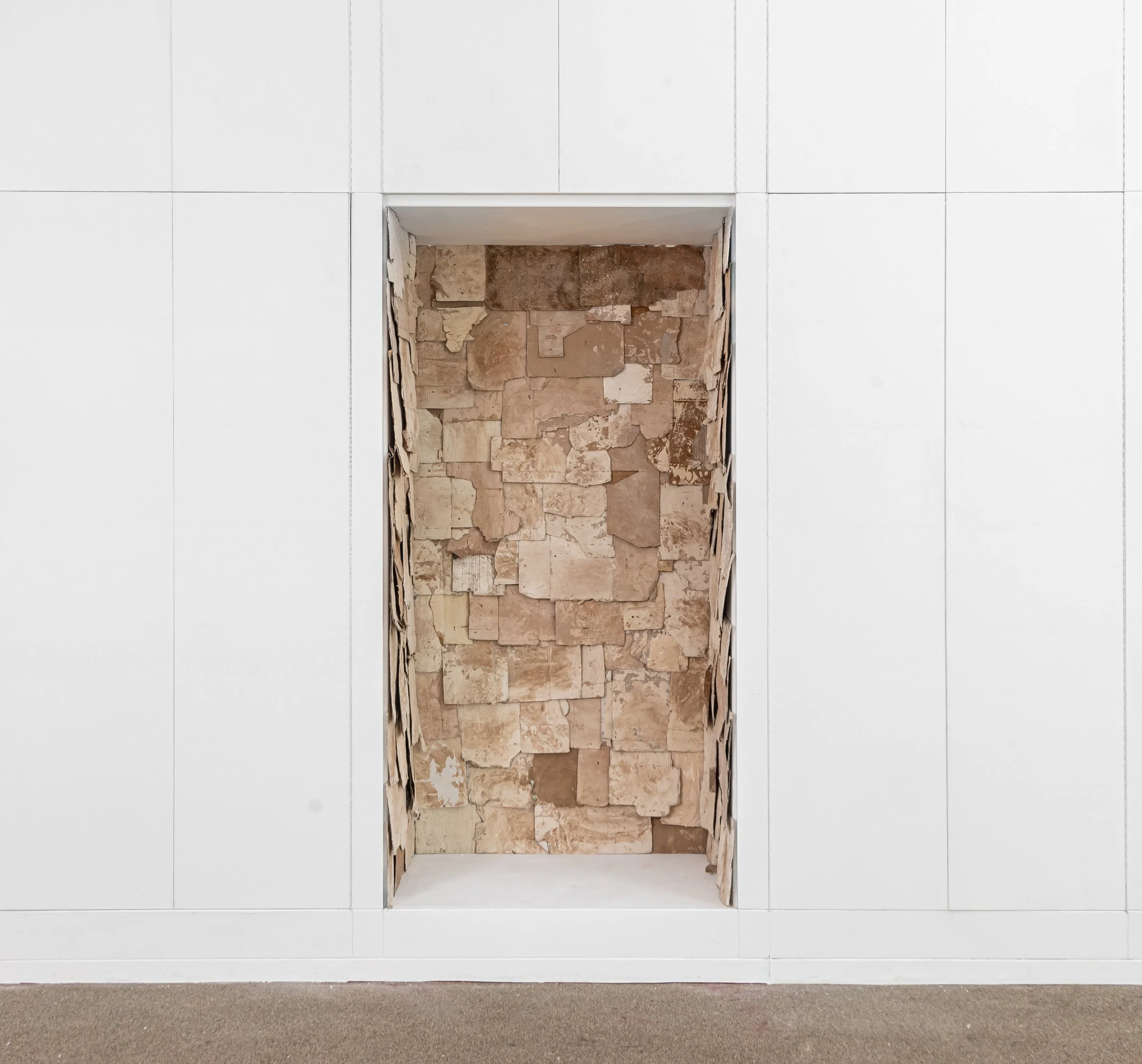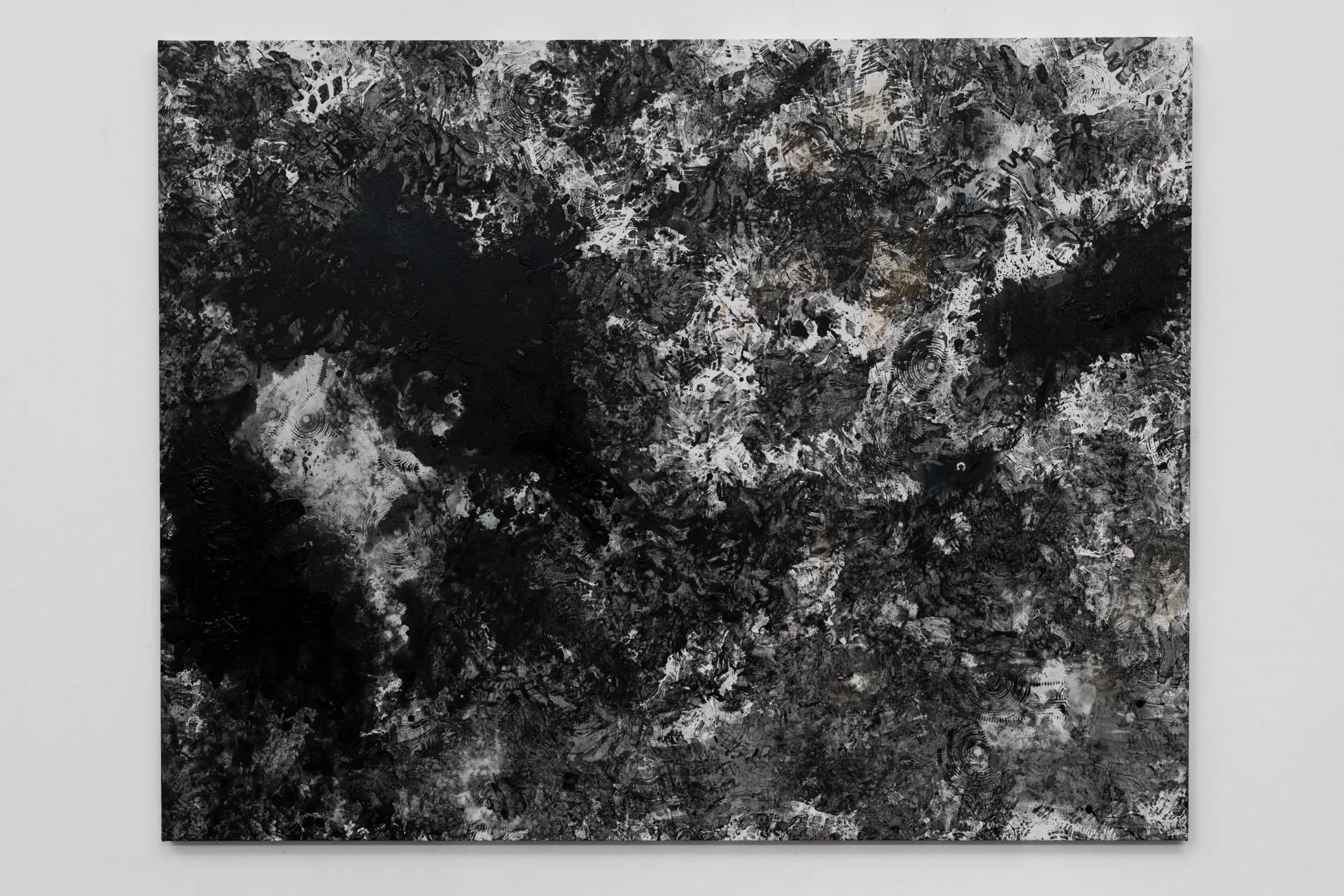Palmer Gallery was founded in 2023, but it has quickly become a recognised voice within London’s dynamic art scene.
What vision did you set out with and has it evolved since opening your doors?
”We always want to curate exhibitions that have an institutional feel: well researched, expansive in scope and experimental in essence. In choosing to focus on artists who have cross-disciplinary practices, we aim to curate these interesting, materially diverse shows that also contain a commercial element, one that allows us to engage private collectors, not just institutions.
This vision as a whole hasn’t changed over the last two years, but we have had to tweak the delivery of it slightly. Before we opened, the programme plan was to have mainly solo shows (with perhaps one summer group show a year) and to focus solely on emerging artists. We’ve found that, due to the large size of the gallery space and the modest production budget a young gallery like ourselves operates with, a lot of younger artists weren’t able to take on the space in the way they would like.
So we’ve begun to work with some artists who are more established - like Hannah Perry and Andy Holden - and to programme more group shows, allowing younger artists to interact with the gallery in a more sustainable, low-touch way.”





